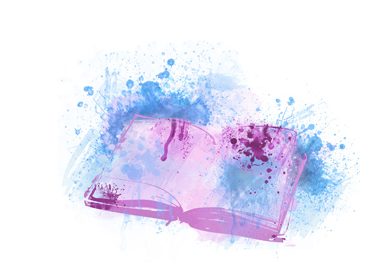Fairy Floss
Q.
It was pure carny magic. The gleaming sugar crystals would rain into the heart of the silver pan. The bestriped man would taunt us with his white paper sabre, whisking it round and round the edges.
First nothing, then suddenly the pink, purple or blue cloud would start to take shape. Bigger and bigger – let mine be the biggest! – until shaky childhood hands finally got their cotton candy prize. Can’t talk now. Ripping off chunks.
Who is behind this glorious invention we now call ‘cotton candy’ or ‘candy floss?’
.
A.
All thanks to the… dental community?
‘Be it known that I, William J. Morrison, of Nashville, county of Davidson, State of Tennessee have invented an Improvement in Candy-Machines.’
So declared William J. Morrison, inventor and dentist, in US patent 816,114. Morrison’s 1906 patent was a follow-up to the 1903 patent – 717,756 – he filed with co-inventor, John C. Wharton.
‘This invention relates to certain improvements in that class of candy-machines which are adapted to convert ordinary granulated sugar into finely-attenuated threads.’
.
.
It was at the 1904 St. Louis Fair that Morrison and Wharton’s first Candy Machine got put to the test. Over seven months, they sold more than 68,000 wooden boxes of fairy floss.
Fairy floss was renamed ‘cotton candy’ by another dentist, Josef Lascaux, in 1920.
Hmmm… shall we be charitable and assume that dentists just love themselves a good sweet? I think I’ll stick to imagining a world where fairies swoop down and weave a pastel cloud of sugary goodness. 🧚🏽♀️ Catch it if you can.
www.justcurious.ca
Header Photo: Getty Images










